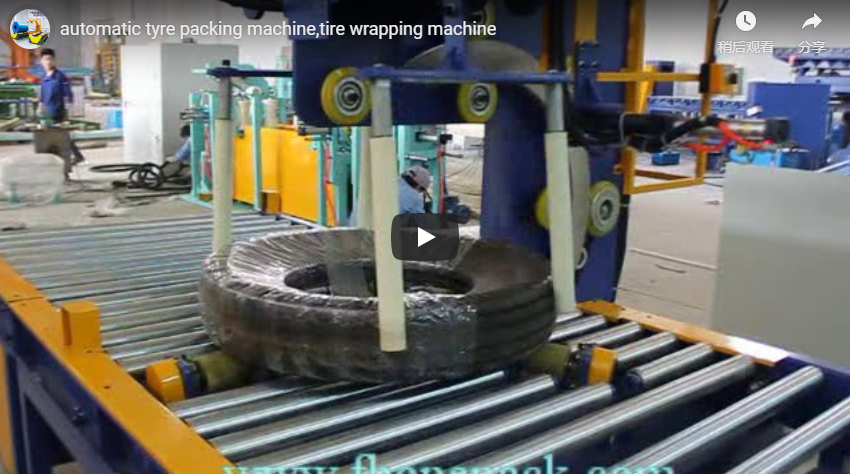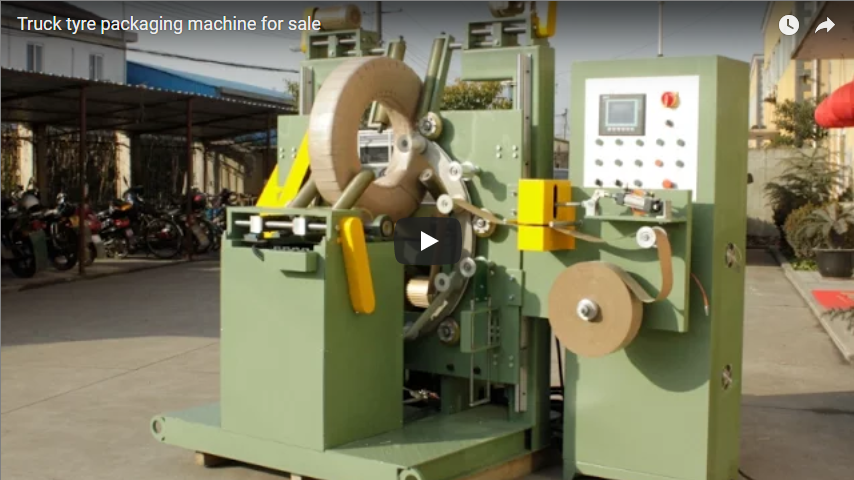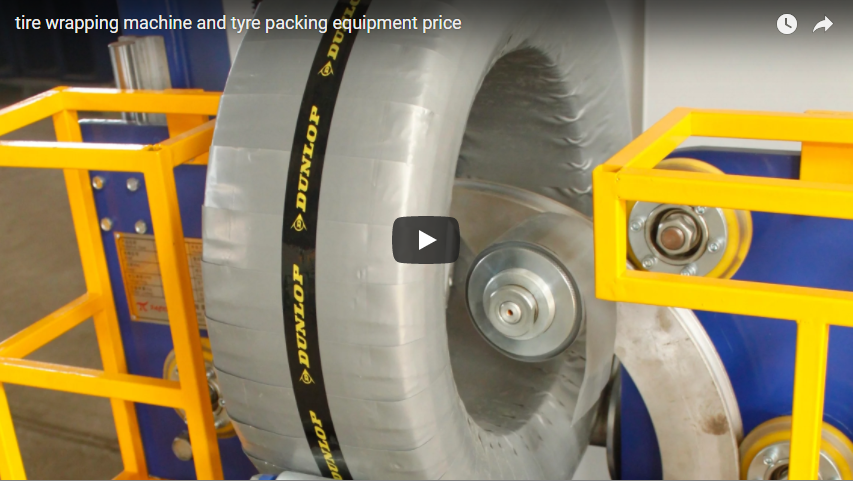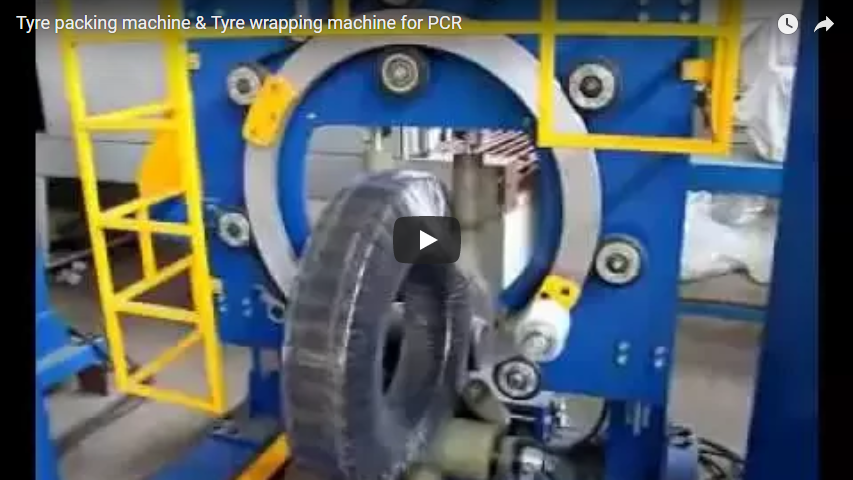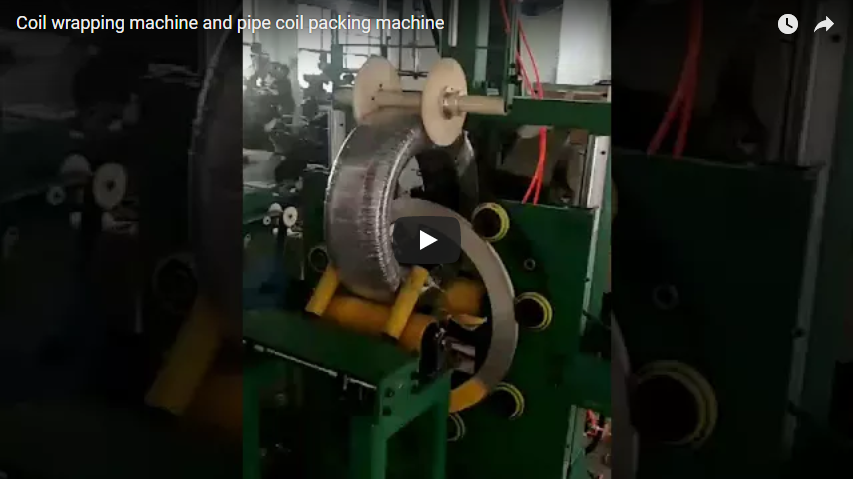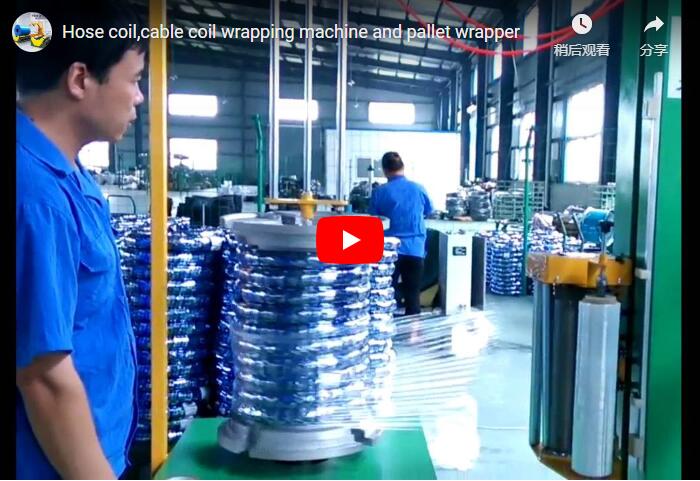Enhanced Tyre and Rim Packaging: A Closer Look at the New Design Wrapping Machine
Efficient and protective packaging is paramount in the tyre and rim industry. Damage during handling, storage, or transportation can lead to significant costs and customer dissatisfaction. This new design tyre wrapping machine, also suitable for rim wrapping, offers a specialized solution engineered to address these challenges effectively, providing a secure wrap that safeguards products from environmental factors and handling stresses. Targeting operations seeking improved efficiency within budget and space constraints, this machine represents a significant step forward in tyre packaging technology.
1. Addressing Core Packaging Challenges in the Tyre Industry
Tyres and rims, due to their shape, weight, and susceptibility to surface damage or contamination, present unique packaging hurdles. Manual wrapping methods are often time-consuming, labor-intensive, and can result in inconsistent wrap quality. Key challenges include:
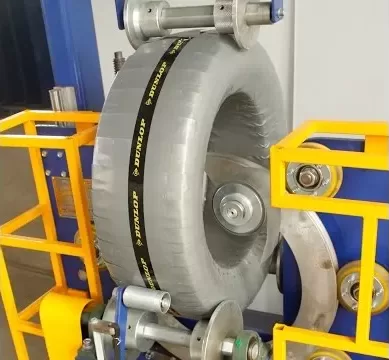
- Protection: Shielding tyres from dust, dirt, moisture, and UV exposure during storage and transit.
- Handling: Unitizing tyres for easier and safer handling via forklifts or other equipment.
- Security: Preventing pilferage and ensuring load stability.
- Efficiency: Minimizing packaging time and labor costs in fast-paced environments.
- Consistency: Achieving a uniform, professional wrap for every tyre.
Automated wrapping solutions like this machine are designed specifically to overcome these obstacles.
2. Spotlight on the New Design: Features and Innovations
This tyre wrapping machine incorporates a design philosophy focused on delivering performance and value, particularly noted for its potentially compact footprint and cost-effectiveness compared to larger, more complex systems. While specific innovations vary by model, common advancements in such "new design" machines often include:
- Optimized Footprint: Engineered to occupy minimal floor space, making it suitable for facilities with limited area.
- Simplified Controls: User-friendly interfaces (often HMI touch screens) allow for easy parameter adjustments (wrap cycles, tension) and operation with minimal training.
- Improved Film Economy: Integration of powered pre-stretch systems (potentially up to 250-300%) significantly reduces stretch film consumption per tyre wrapped.
- Enhanced Reliability: Robust construction using quality components aimed at reducing downtime and maintenance needs.
- Versatility: Designed to handle a range of tyre and rim sizes, potentially with adjustable settings or tooling.
3. Key Technical Specifications Overview
Understanding the technical data is crucial for evaluating suitability. Below are typical specification ranges for machines of this type. Note: Actual specifications vary depending on the specific model and manufacturer. Always consult the manufacturer for precise data.
-
Parameter Comparison:
Specification Typical Range/Value Significance Wrapping Object Size - Max. Outer Diameter 800mm - 1500mm Determines the largest tyre/rim size accommodatable - Max. Width 300mm - 700mm Determines the widest tyre/rim accommodatable Wrapping Efficiency 20 - 60 Objects/Hour Indicates throughput capacity Turntable/Ring Speed 10 - 20 RPM (Adjustable) Affects wrapping cycle time Film Carriage System Powered Pre-Stretch (e.g., 250%) Maximizes film yield, reduces cost per wrap Control System PLC + HMI Touch Screen Allows precise control and parameter setting Wrapping Material LLDPE Stretch Film Standard industry wrapping material - Film Roll Width 500mm Standard film roll size - Film Roll OD ~260mm Max roll diameter the carriage can hold Power Supply 220V/380V, 50/60Hz, 3-Phase Check compatibility with facility power Machine Footprint (Approx.) Varies; designed to be compact Key factor for space-constrained environments Automation Level Semi-Automatic / Automatic Determines operator involvement
4. Deconstructing the Machine: Structure and Key Components
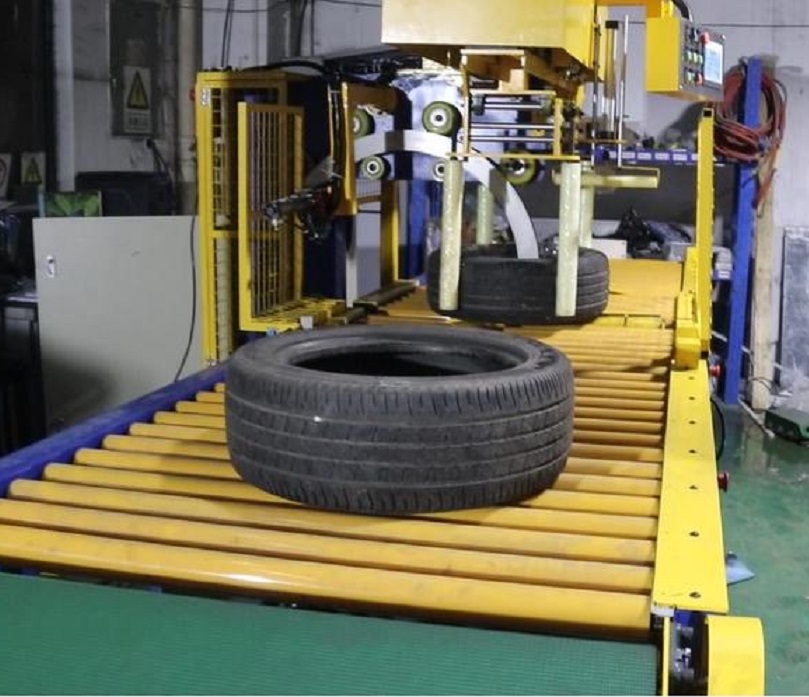
The performance and reliability of a tyre wrapping machine depend heavily on its structural design and the quality of its components:
- Main Frame: Typically constructed from heavy-gauge welded steel for stability and durability under continuous operation.
- Wrapping Ring/Arm: The core mechanism that rotates the stretch film roll around the tyre. Design affects speed and balance.
- Film Carriage: Holds the stretch film roll. Advanced carriages feature powered pre-stretch rollers that elongate the film before application, enhancing wrap strength and reducing material use. Film tension control is often integrated here.
- Support Rollers/Conveyors: Systems (often rubber-coated rollers) to support and rotate the tyre during wrapping. Some models may integrate powered conveyors for automated infeed/outfeed.
- Control Panel: Houses the PLC (Programmable Logic Controller), HMI (Human-Machine Interface), frequency converters, and operational buttons/switches. Provides the interface for machine operation and adjustment.
- Safety Features: Essential elements like safety guards around moving parts, emergency stop buttons, and potentially light curtains or safety interlocks on access doors.
5. Operational Advantages: Efficiency, Protection, and Cost Savings
Investing in a dedicated tyre wrapping machine like this new design translates into tangible benefits:
- Increased Throughput: Significantly faster than manual wrapping, allowing for higher packaging volumes.
- Superior Product Protection: Creates a tight, uniform barrier against dust, moisture, scratches, and UV rays, preserving tyre quality.
- Optimized Material Usage: Powered pre-stretch systems can reduce film consumption by 50-75% compared to manual methods, leading to substantial cost savings.
- Reduced Labor Costs: Frees up personnel previously assigned to manual wrapping for other value-added tasks. Semi-automatic models still require an operator but greatly reduce physical effort and time per tyre.
- Enhanced Load Integrity: Properly wrapped tyres are more stable and easier to handle, stack, and transport, reducing the risk of damage during logistics.
- Professional Appearance: Consistent, neat wrapping enhances product presentation.
6. Personal User Experience and Application Insights
From a user perspective, modern tyre wrapping machines are designed for relative ease of use:
- Operation Cycle: Typically involves placing the tyre onto the support rollers, initiating the wrap cycle via the control panel, and then removing the wrapped tyre. Automatic cutting and clamping systems further simplify the process on some models.
- Parameter Adjustments: The HMI allows operators to easily adjust the number of top/bottom wraps, rotation speed, film tension, and pre-stretch ratio (if applicable) to suit different tyre sizes and protection requirements.
- Film Roll Changes: Designed for quick and straightforward film roll replacement to minimize downtime.
- Maintenance: Routine maintenance usually involves cleaning, lubrication of moving parts, and inspection of rollers and belts, generally outlined in the manufacturer's manual.
- Ideal Environments: Well-suited for tyre manufacturers, wholesalers, distribution centers, large automotive workshops, and logistics companies handling significant volumes of tyres and rims.
Conclusion: A Valuable Asset for Tyre Handling Operations
This new design tyre and rim wrapping machine represents a practical and efficient solution for businesses looking to improve their packaging processes. By offering enhanced protection, increased speed, reduced material and labor costs, and potentially fitting into tighter spaces, it addresses key industry pain points. Its technical features, focused design, and operational benefits make it a compelling option for companies seeking to optimize their tyre handling workflow and protect their valuable inventory.
For more detailed specifications, customization options, and purchasing information regarding this specific machine design, please visit the manufacturer's website: www.fhopepack.com.

